Learning openings while having fun
Players tend to follow fads, stick to one opening or play side variations out of fear of their opponent. The opening tutorials offer an innovative guide that inspires an individual style of play. In compact videos, grandmasters present the essential plans and ideas for open games after the 1.e4 e5. In addition, there are interactive tactical exercises and recommendations for different types of players. The ChessBase Opening Tutorials are available as web-based books and provide a complete resource for deliberate and well-reasoned opening choices.
ChessBase opening tutorials, now in the convenient ChessBase book format, will allow you to watch video lessons and replay sample games from the comfort of your browser.
In this interview, former national coach Dorian Rogozenco reveals how opening training should be organised depending on the respective level of play and how the recently published ChessBase book "Openings #01 - Open Games" (available in German, see a sample) can provide important assistance.
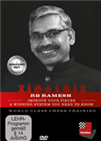 In this course, we will learn how to identify passively placed pieces in any given situation and how to improve their health by bringing them into active squares.
In this course, we will learn how to identify passively placed pieces in any given situation and how to improve their health by bringing them into active squares.Mr Rogozenco, which target group does the new ChessBase book "Openings #01 - Open Games" serve?
The main target group are beginners and club players up to a level of around 1700 or 1800 DWZ who only have a superficial knowledge of openings. They can build up a foundation for a repertoire here. But stronger players can also get a feel for whether the variation presented here fits into their opening repertoire by searching for new variations.
How did the idea for this ChessBase Book come about?
This concept already existed a few years ago in booklet form. We used this good basis as a foundation and created a multimedia concept.
How can this expansion of the repertoire take place with the help of this concept of the ChessBase Book?
We use the same structure in each chapter in the four sections: "Overview", "Practice", "Test" and "Conclusion".
What does that mean in detail?
In the overview section, videos by Elisabeth Paehtz, Niclas Huschenbeth, Jan Gustafsson and Karsten Müller provide a brief outline of the respective topics and basic variations as well as typical plays, strategies and opening traps. The sub-chapter on practice contains a number of selected, current grandmaster games to give an overview of modern theory and thus develop a feel for the positions that arise. In the test section, the reader is challenged and can get the necessary tactical feeling by solving the typical opening positions and familiarise themselves with some opening traps. Finally, the conclusion categorises the current popularity of the opening, provides orientation for which player types and strengths it is suitable for and refers to further ChessBase products on the subject.
That sounds like a lot of work and learning variations for the reader.
No, on the contrary. Memorising variants is a thing of the past. That's how it used to be done. Thanks to the many digital possibilities, today you should approach new variations with curiosity and fun: with this ChessBase book you can get a good insight. If, after working through the chapter, you have the impression: "This could be an opening for me", then in my opinion three things are particularly important: 1. You should be interested in the opening and the positions should suit you. 2. You should play games with this opening and definitely analyse them afterwards. 3. You should watch grandmaster games and try to understand every move. For example, it is a good idea to watch Spassky or Adams games if you want to learn the Spanish.
If you proceed in this way, you have variety when learning, gradually get a feel for the positions and become better and better at the variations.
Nevertheless, the fact remains: you need time to learn an opening.
Yes, of course, how could it be otherwise? Today's technology has come a long way. I can still remember my enthusiasm when I used the first DOS version of ChessBase — the database with its fast search was simply impressive. The whole thing has developed a lot further meanwhile. But one factor has remained the same: people! And they have to make an effort to learn something. But if they do it using the method outlined above, they have the advantage over other players of understanding the openings and playing them well, even if they are "out of book".
This is reassuring in a way, that it should be about understanding rather than pure memorisation. What scope should the openings have in chess training for the target group described above?
Opening training should not take up too much space. It is just as important to understand the developing middlegames. It is also essential to practise endgames in order to develop a feeling for the interplay of the pieces. It is also crucial to solve many tactical problems, which helps in every phase of the game.
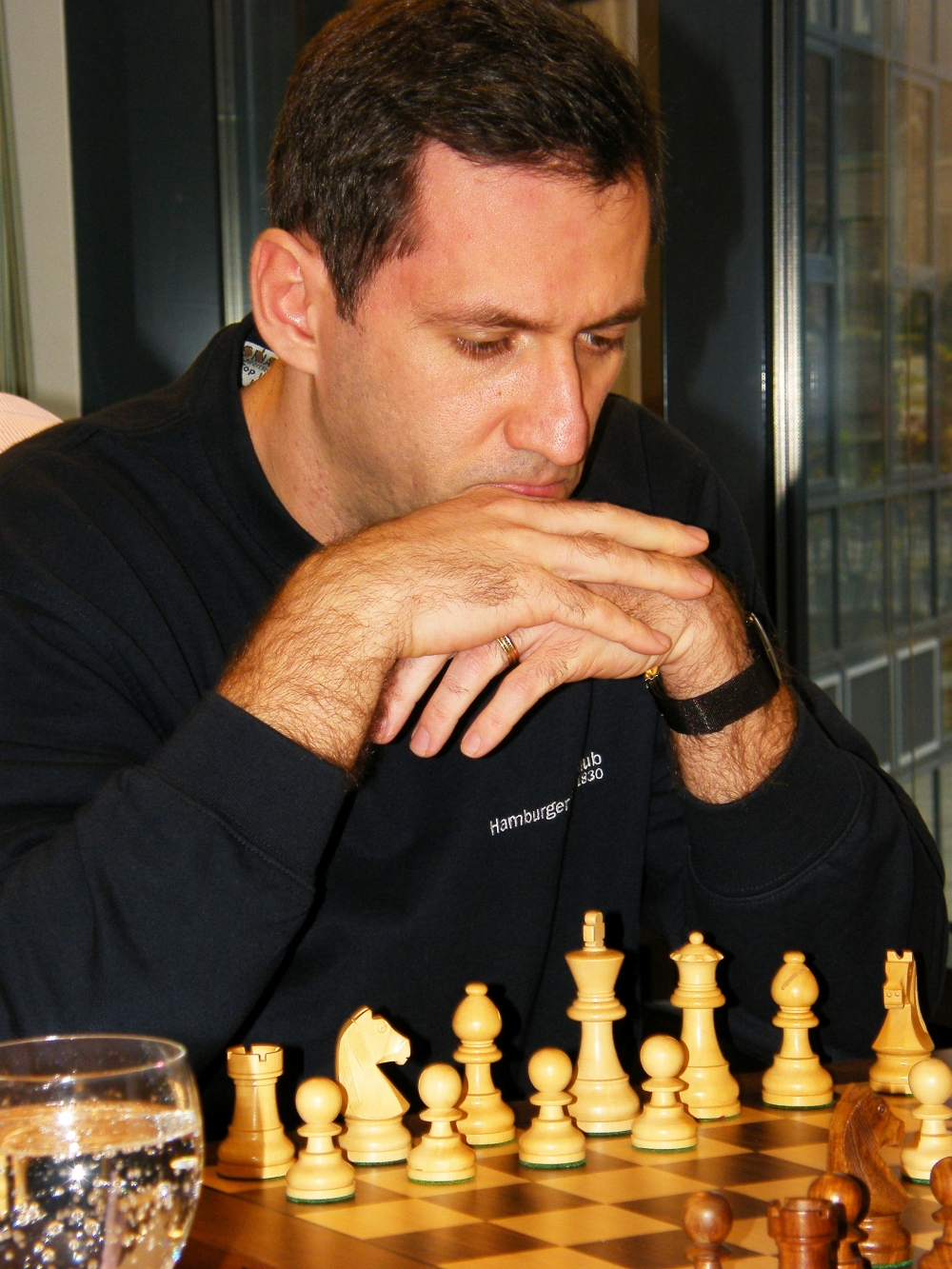
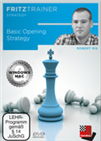 In this video course you will learn about basic chess opening strategies, which can help you start your chess game.
In this video course you will learn about basic chess opening strategies, which can help you start your chess game.How important is the engine when studying the opening?
This should only be used for checking purposes. The evaluations are not so important. You often see that grandmasters regularly and successfully play variations with an evaluation of up to -1. This can be seen time and again in the King's Indian, for example. This shows that the most important thing is to understand the position types. If I understand the position better than my opponent, then I will usually come out of the opening with a more promising position.
If I know which opponent I'm going to face in a tournament or team match, should I concentrate on my own strengths or try to exploit my opponent's weaknesses?
That's a very fundamental question. It very much depends on your own style and character. There's no real answer, everyone has to find out for themselves. Personally, I think it's more effective, more flexible and more varied if you try to find and exploit your opponent's weaknesses...
...and it has the advantage that, on the one hand, you play and familiarise yourself with different openings and opening variations and, on the other hand, it is not so easy for your opponents to work out.
Yes, that's true. But as I said, these are simply different approaches that are realised differently up to the top level. Karpov, for example, played almost exclusively the Spanish throughout his life or later also the Caro-Kann. His opponents were able to prepare, but that was usually no problem for the long-time world champion.
Is there a leap in playing strength after which you have to memorise a lot more in the opening?
No, it's not a leap. It's more of a gradual development. But here, too, it helps a lot to have acquired a lot of experience over the years. Understanding the game should still be at the centre.
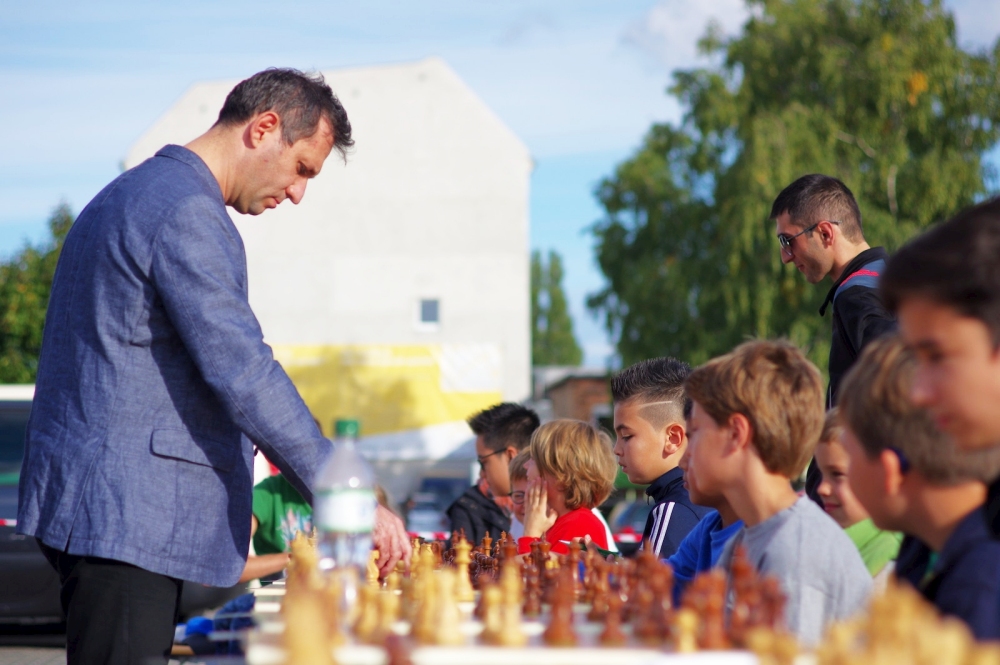
You were a coach and second to top players. How does the importance of opening preparation change at this level?
The differences in playing strength between the top players are marginal: 90 per cent of success is therefore based on good opening preparation. This is therefore also the main task of a coach or second. But amateurs should not be impressed by this. The lower the level of play, the more important it is to have a broad and good foundation.
How deep should the knowledge go?
It depends on the specific opening. But you should already know up to eight moves for many of them. But that's a rule of thumb. The most important thing when learning is to avoid boredom. Progress will then come almost imperceptibly and of its own accord. If you keep looking at games with your variations, you will be well-prepared for the next game. Above all, however, I would warn against immediately changing the opening if you lose two or three games in a row. This is exactly where you can learn the most — namely when you ask yourself: "What have I done wrong here?" Incidentally, this attitude also says something about the personality of the player...
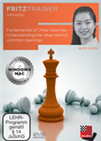 Starting out in chess is difficult, and this DVD aims to reduce that stress. Designed for beginner levels in openings, a brief introduction to the reasons we play some of the most common moves in popular openings like the Spanish and Sicilian is given.
Starting out in chess is difficult, and this DVD aims to reduce that stress. Designed for beginner levels in openings, a brief introduction to the reasons we play some of the most common moves in popular openings like the Spanish and Sicilian is given.
Finally, let's come back to the ChessBase Book: what importance do you attach to the conclusion of each chapter?
This is extremely important for the selection of openings: the reader can quickly see what is important in the opening and how to categorise the type of positions that arise. Once you have made such a selection, you can search for further material in databases, books, ChessBase or online.
You can tell that you are passionate about the subject of openings!
Yes, it's fascinating to deal with openings. The developments are exciting. For example, the Grünfeld is played much less often at the top level and the Caro-Kann has also become unpopular in the last two or three years. I don't even know why. But aspects such as fashion and the rapid development of engines always play a role. In any case, I look forward to continuing to report on current developments at ChessBase.
Mr Rogozenco, thank you very much for the interview!
About Dorian Rogozenco

Dorian Rogozenco is a Romanian chess grandmaster, coach and author, born on 18 August 1973 in Chișinău, Moldova. He was awarded the IM title at the age of 18 and became a GM in 1996. He has won several international individual tournaments, including the Chemnitz Open in 1997 and 1998, Bucharest in 1999 and Eforie Nord in 2006. He was the joint winner in Lviv, Ukraine, in 1995 and in Hamburg in 1997 and 2000. He also won the Hamburg International Individual Championship in 2004 and 2008. He has represented Moldova at several Chess Olympiads.
Dorian Rogozenco is a certified FIDE A coach and was a coach for the Hamburg Chess Association. From 2014 to November 2020, Rogozenco was coach of the German national team and trained the best German players. From 2002 to 2013, he also coached the top Ukrainian player and FIDE World Champion from 2002 to 2004, Ruslan Ponomarjov.
In addition, Rogozenco is a respected chess author and has published several books, video courses and articles. His knowledge and experience make him a sought-after expert who regularly appears at chess seminars and conferences.
Rogozenco is also known as a commentator and has commentated on the World Chess Championship, among other competitions.
Links


























